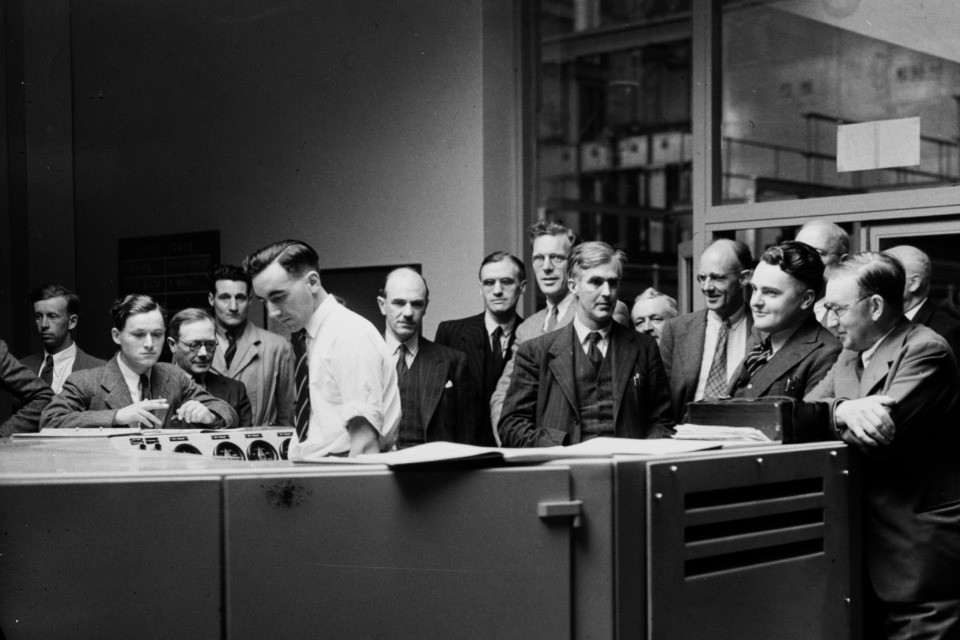The British Experimental Pile Operation (BEPO) reactor at Magnox's Harwell Site began operating on Saturday 3 July 1948 when the men's Wimbledon singles final was being played. Rationing was still a part of daily life, the NHS was born and the nuclear energy industry was growing fast. The former RAF base at Harwell rapidly became home to the pioneering research and information needed to help design Britain's first generation of nuclear power plants that Magnox is now decommissioning, as a wholly owned subsidiary of the Nuclear Decommissioning Authority (NDA).
Robin Hewat-Jaboor, senior project manager, BEPO decommissioning programme, said: "During the last two years, my team have been developing the design to safely dismantle the reactor, remove the hangar and clean-up its footprint to provide a platform to support future development of Harwell Oxford campus. True to form, this type of reactor affords a huge amount of learning and potential experimentation, developing tools and techniques that will add knowledge and experience to Magnox's future reactor dismantling mission across the UK."

1947 BEPO construction
Magnox's decommissioning mission at Harwell is well underway, with eleven research reactors and 220 redundant buildings already demolished, clearing 23 hectares of land for reuse. This will be de-designated by the NDA to form part of the Harwell Science and Innovation campus.
BEPO was the second ground-breaking reactor to be built in the UK and the first large, fully engineered reactor built outside of the USA and USSR. It was designed by the department of atomic energy at the ministry of power in the months before and after the second world war.
Construction began in June 1946 which included machining 25,000 graphite bricks that interlock to form the reactor core moderator.

1948 In the control room on the day BEPO became operational
BEPO was initially used to make plutonium but subsequently became a research reactor, producing radioactive isotopes for medical purposes. It was a pivotal resource to study the performance of the reactor core and cooling systems that were used in the first generation of Magnox and subsequent advanced gas cooled reactors - five of which are still powering the national grid today.
Harwell's history is one of constant change. What hasn't changed over the decades is its unrelenting focus on world class science and technology, which began with the birth of the nuclear age in the 1940s and continues today.






